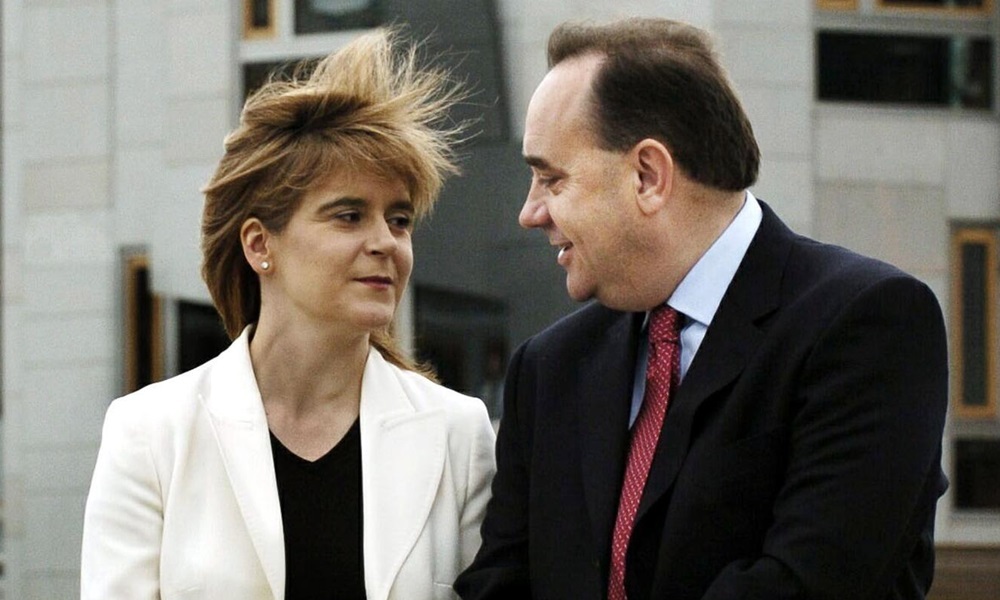It was the summer of 2004. The European Election results had been disappointing for the SNP. John Swinney had quit as leader. Alex Salmond was languishing at Westminster.
There was a vacuum at the top.
One afternoon the door of the little office I shared in the old Holyrood campus on the Royal Mile opened and Dundee MSP Shona Robison came in. She was seeking some advice.
Her friend, fellow MSP Nicola Sturgeon, was thinking of standing as leader. What did I think?
I’d like to say that I advised her to go back and tell her pal to go for it, that she would be a brilliant leader, a future First Minister and would one day lead Scotland to independence.
But I didn’t. I suggested as politely as I could that Nicola might think about going for deputy.
Clearly my opinion held great sway and within days La Sturgeon had announced her intention to stand for the leadership of the party.
In fairness she made a decent fist of it and even tried to counter her somewhat unfair reputation as a “nippy sweetie” by handing out sweeties to us hacks.
She and fellow leadership contender Roseanna Cunningham sparred for a while before the big beast of SNP politics was persuaded to return and take the helm.
Sturgeon joined the Salmond ticket but not without a great deal of soul searching and together they romped it.
With Salmond at Westminster Sturgeon became SNP leader at Holyrood.
Jack McConnell was First Minister. It was a time when it was hard to imagine there being anything other than a Labour-led coalition at Holyrood.
Initially the weekly First Minister’s Questions looked an unfair fight – the powerful, confident, male First Minister against the wee lassie from the SNP.
But week after week Sturgeon grew in confidence and strength and it wasn’t long before the press pack started looking forward to Sturgeon’s weekly demolition of the First Minister.
By the time the SNP came to power in 2007 Nicola Sturgeon was a seasoned and able performer. As health secretary she mastered what has always been the most politically dangerous portfolio the NHS.
But it was during the swine flu crisis that she excelled. Her grip of the situation and the manner in which she kept media and public informed was a textbook example of how to successfully handle a crisis.
Commentators were already talking of her as the next leader of her party.
Remarkably Nicola Sturgeon is today as popular, perhaps even more so, than the man she replaces.
At her sell-out leadership rallies she is feted like a rock star. Fans are wearing Sturgeon T-shirts for goodness sake!
There can be few, friend and foe alike, who doubt that Nicola Sturgeon deserves to be where she is today and that she has the qualities and ability to do the job.
But for her becoming leader of her party and First Minister of Scotland is not job done, but job begun.
Her goal, clearly stated, is to do what even her great mentor and predecessor Alex Salmond could not do lead Scotland to independence.
Will it be Nicola Sturgeon who writes that defining chapter in the history of Scotland?
Watch this space.
